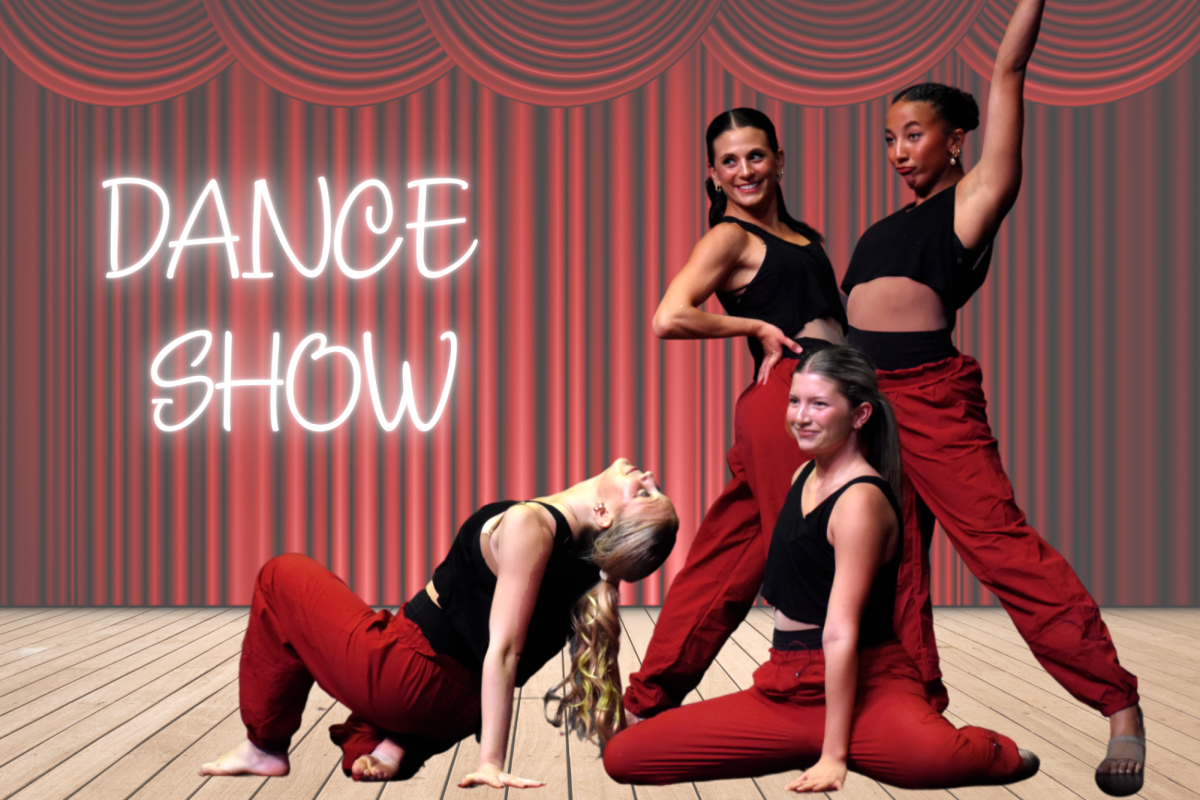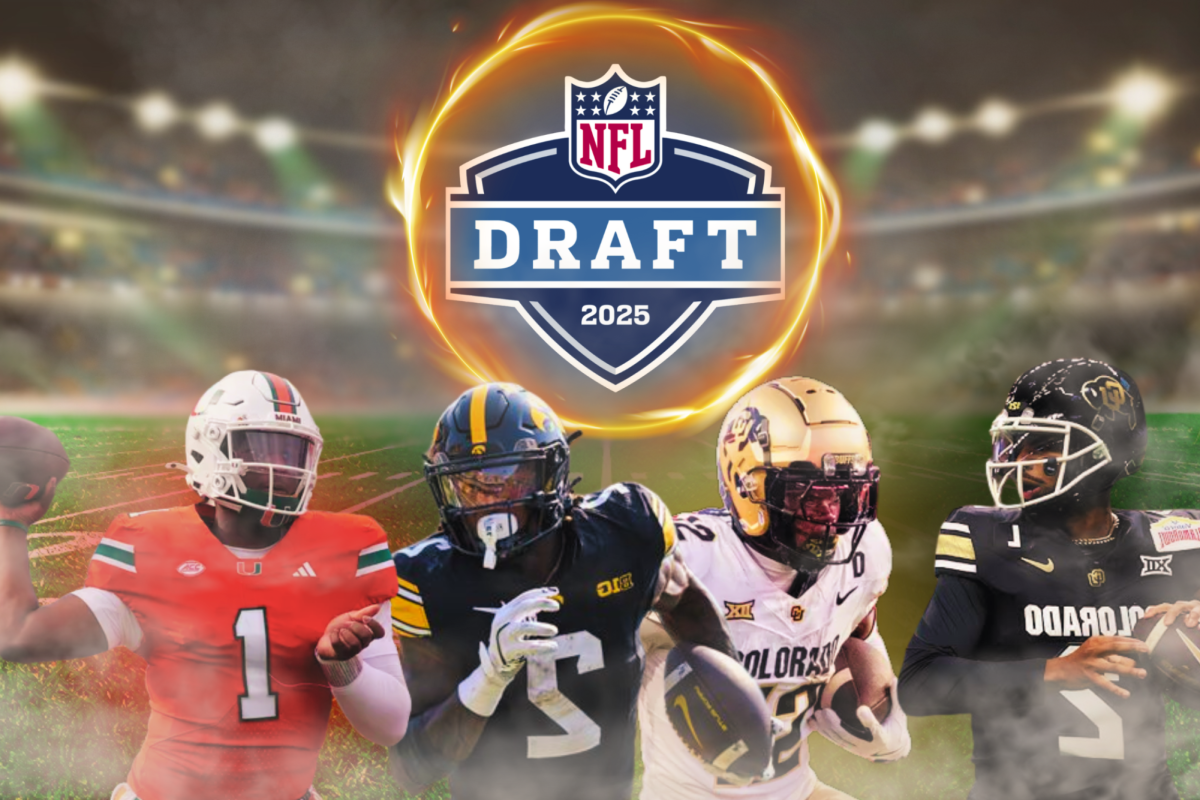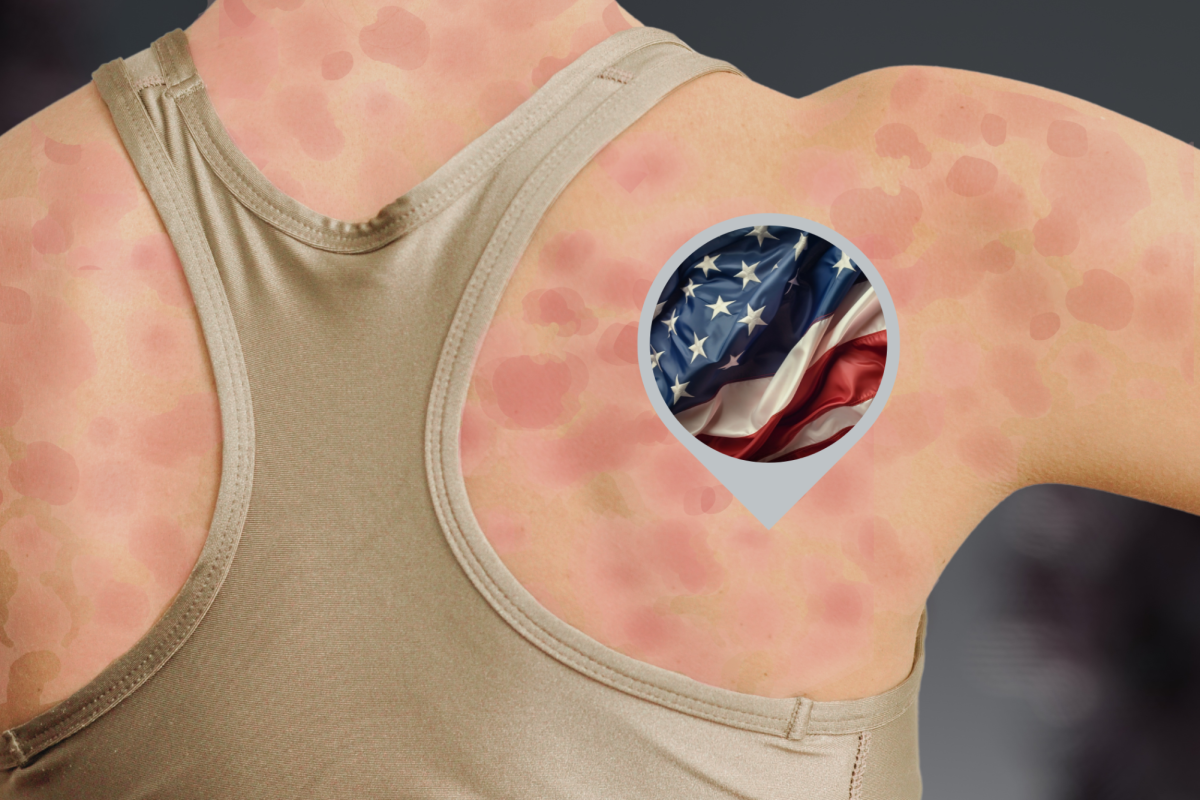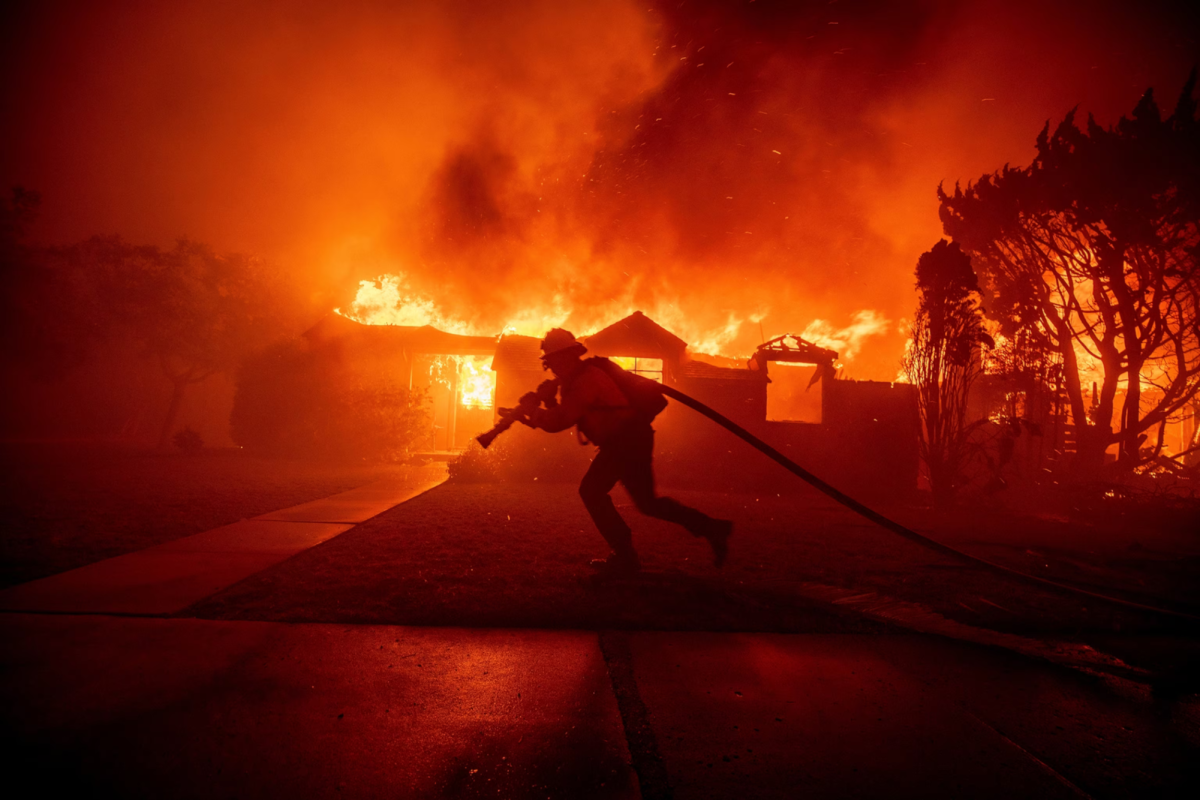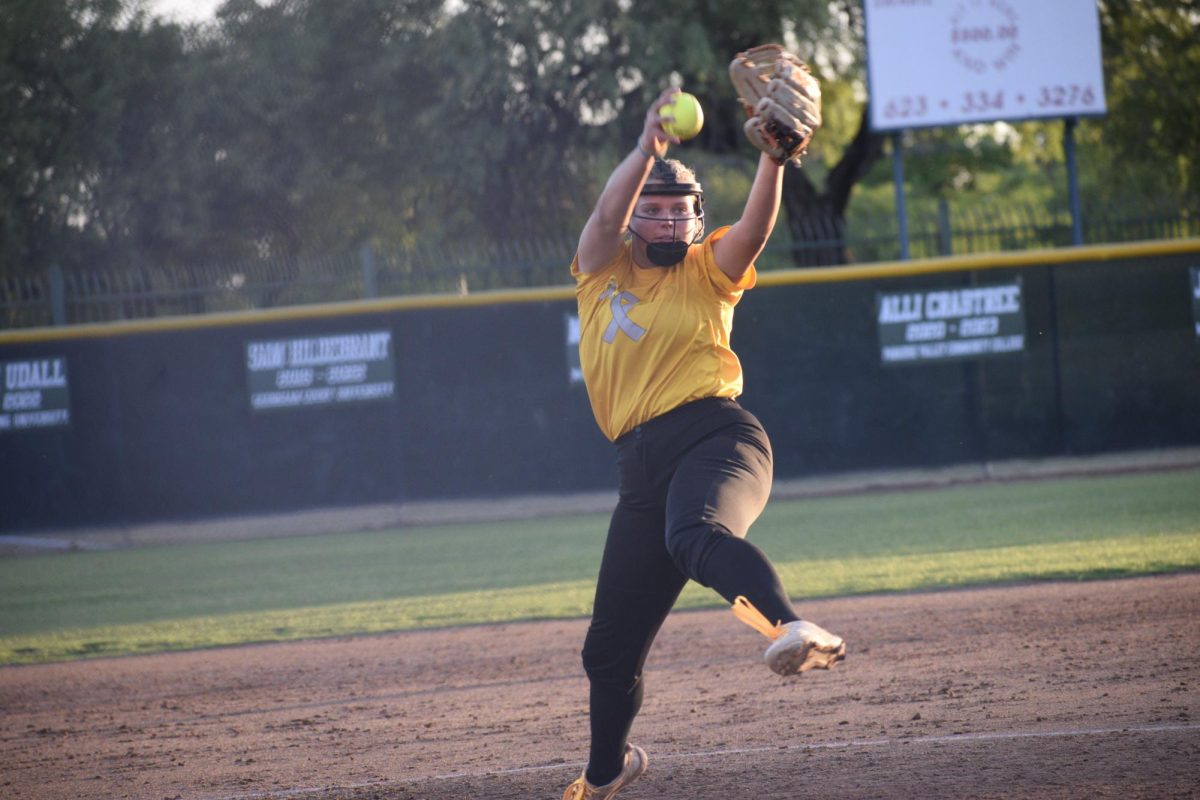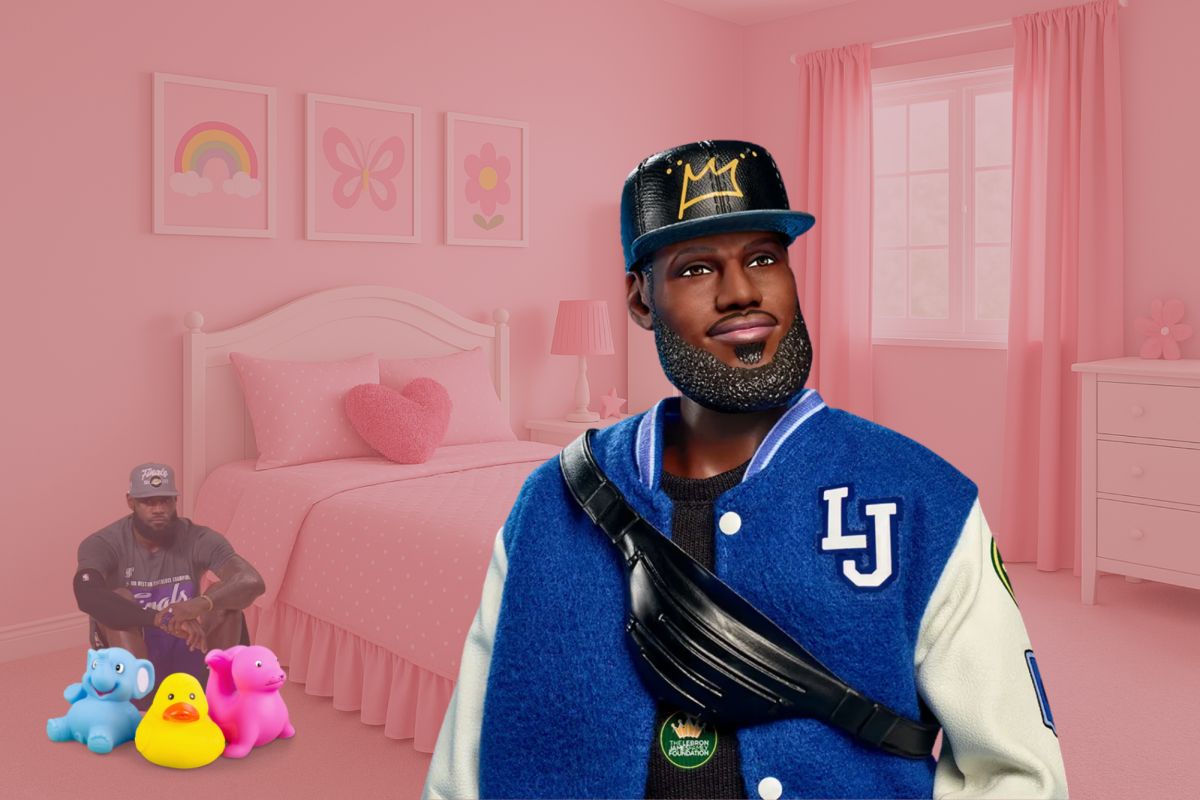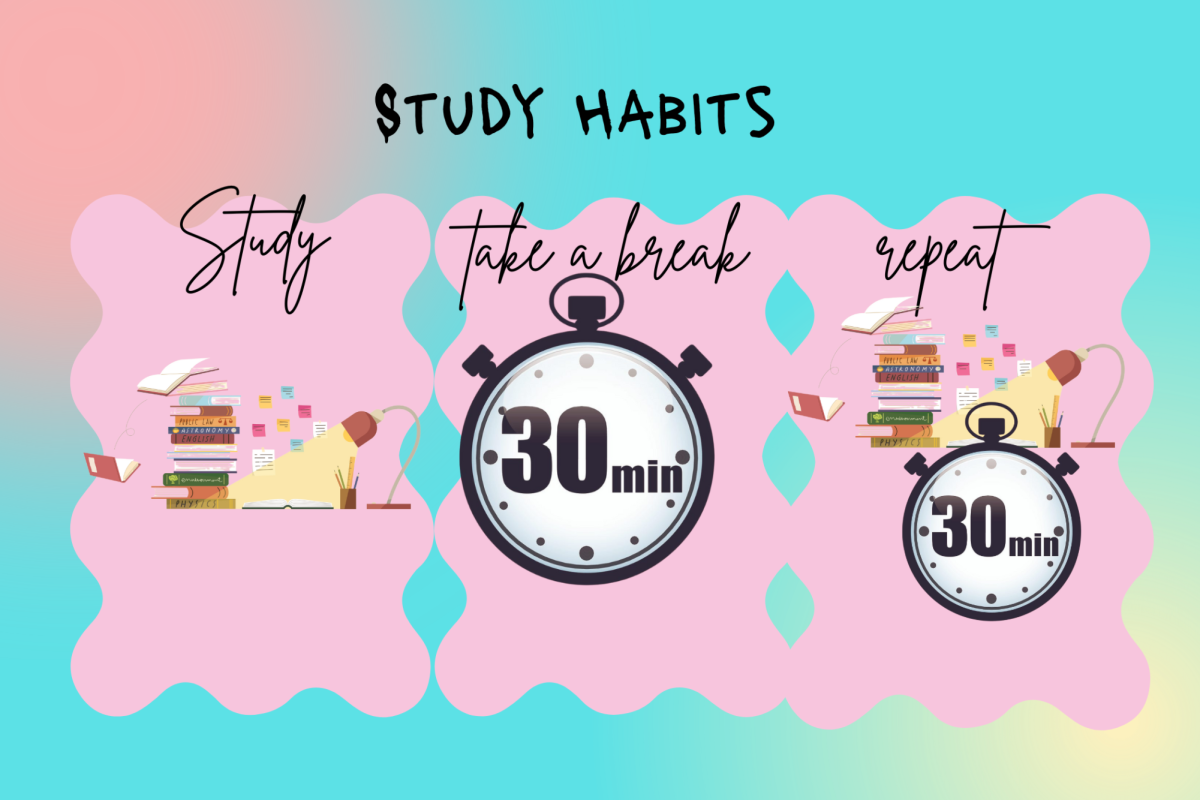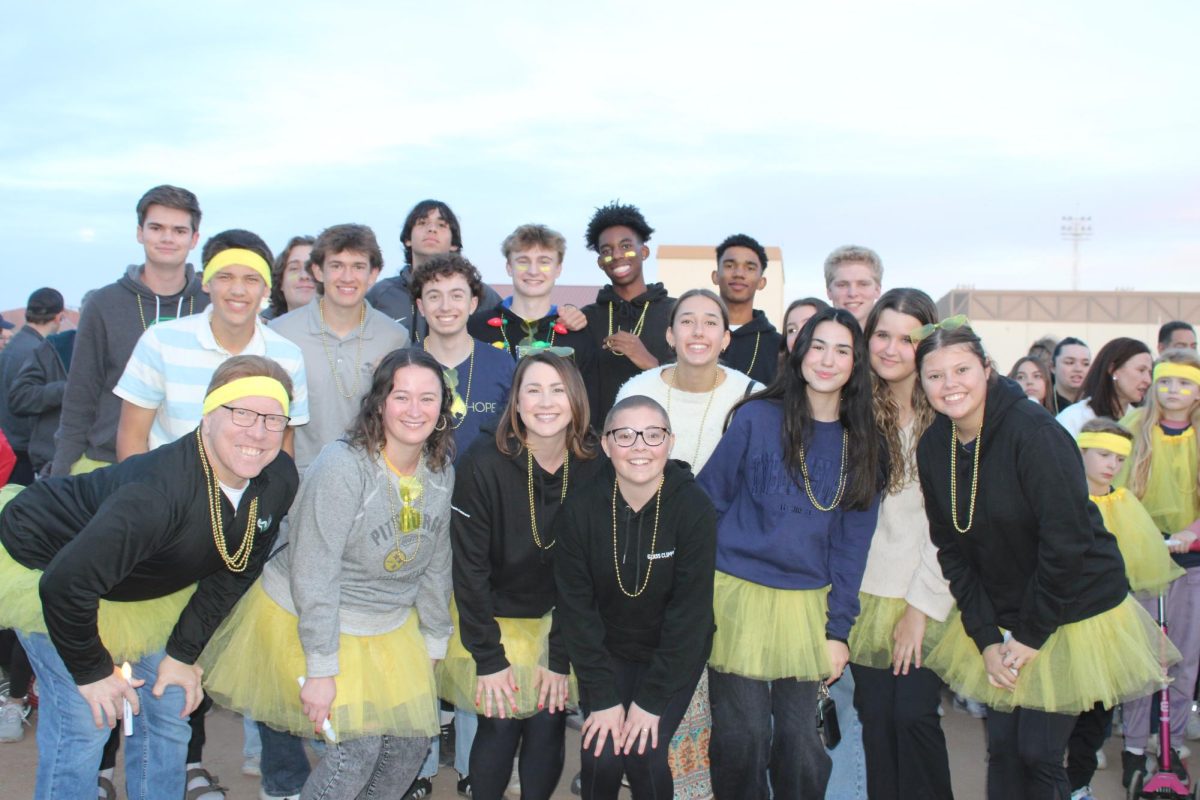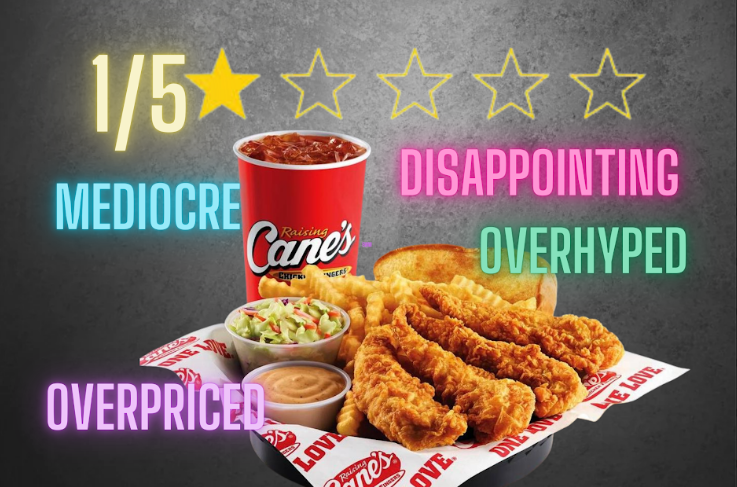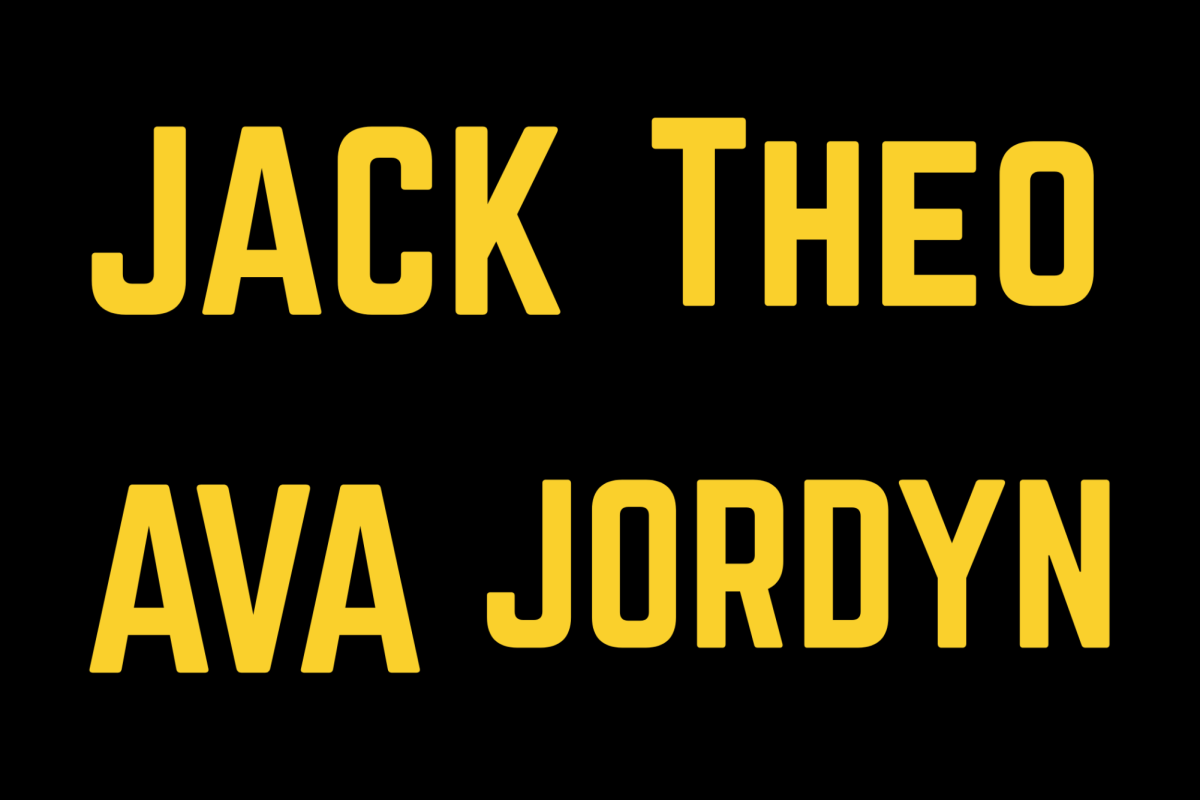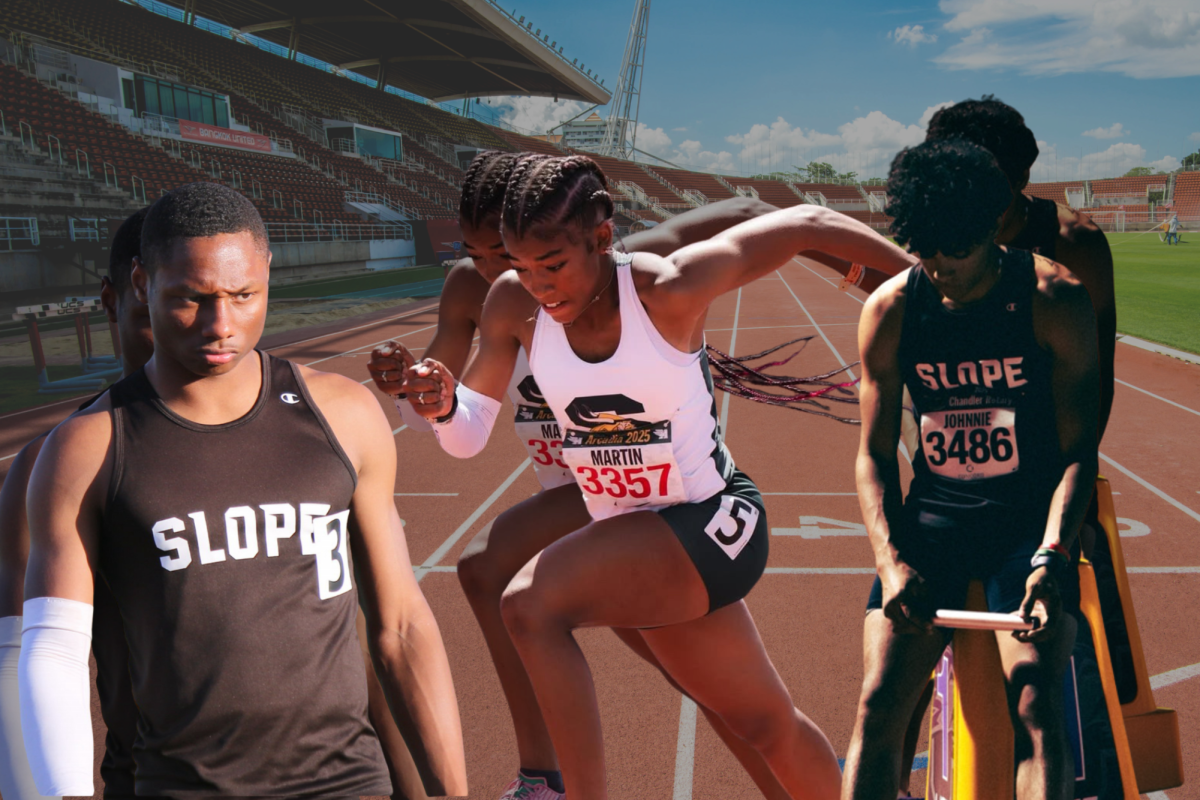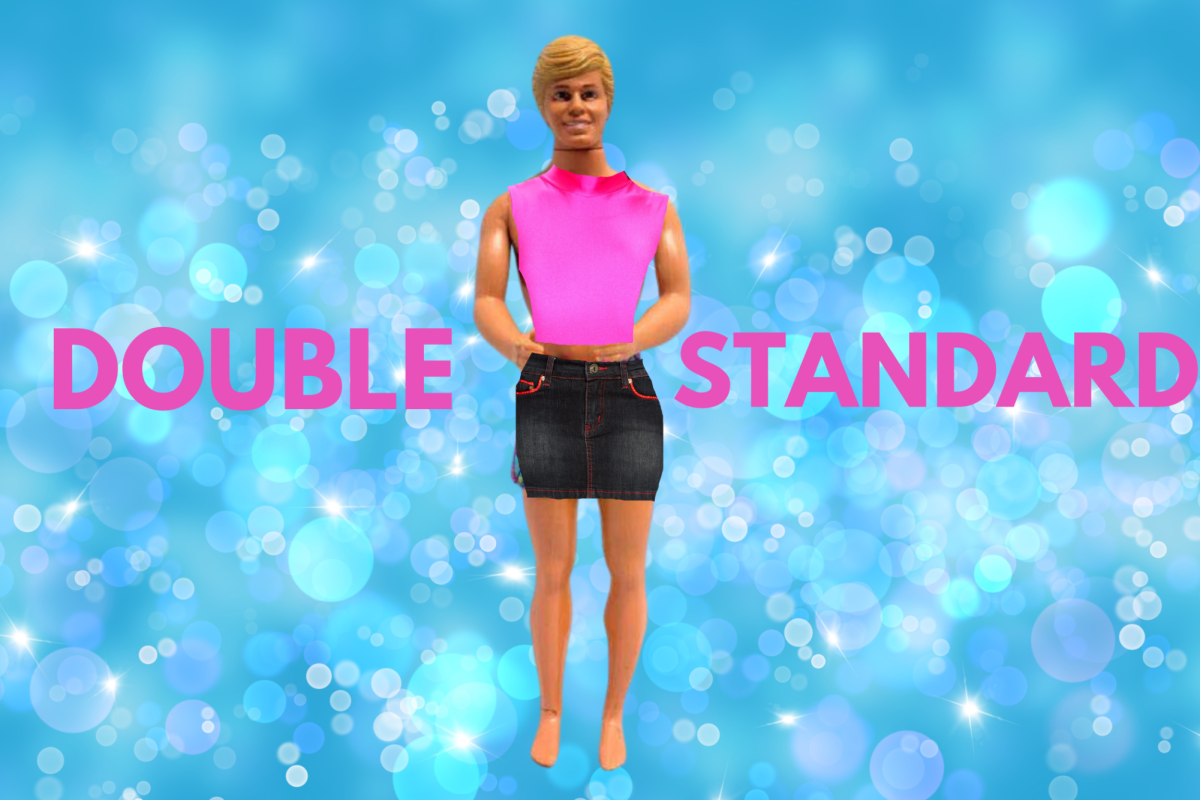Collarbones, shoulders, and midriffs — Oh My! These disruptive and “provocative” body parts have American School Boards in a tizzy. Instead of allowing student comfort and feeling at ease in their own bodies, many school boards have banned clothing items.
History:
Surprisingly, this is not a recent issue. The history of a dress code dates back to the 1960s. In the famous court case, “Tinker v. Des Moines,” students were nearly condemned for their self-expression through clothing. As a short summary, during the Vietnam War, students protested the war by wearing black armbands to school. The school deemed this inappropriate and distracting, eventually reaching the Supreme Court. The students won this case– the consensus being that even when stepping into school property, students are still entitled to their first amendment right of free expression. While the students won the case, it created clear guidelines for schools: Schools cannot not arbitrarily ban expressions of opinion or speech; thus, if you want to monitor what a student wears, the dress code must be intact and communicated to students.
Present Day:
Fast-forwarding to modern day times, young girls are reprimanded for wearing clothing such as tank tops or “crop tops,” even in 100º+ weather. This is argued as being “distracting” or “provocative”, the exact reason for Tinker v Des Moines going to the Supreme Court in the first place. Although, there are a lot of reasons for these arguments.
Adults reasoning:
Many adults state that “boys can’t control their thoughts,” or men specifically have said, “I know how boys think; I was a teenage boy once.” Not only is this degrading to the female sex, but inappropriate as well. Senior Angelo Sierras said, “There’s some reasonable things [in the dress code, but a shoulder or a stomach genuinely does not bother me; I truthfully believe that a tank top isn’t/shouldn’t be bothering anyone.”
All high school students have many hormonal thoughts that some could call inappropriate at one point or another (it’s human nature), but how is it fair that girls are getting reprimanded for men’s “thoughts” that are out of their control?
Student Experiences:
Specifically, here at Slope, people have encountered some rough interactions. The young women on campus have had numerous encounters that leave them feeling targeted or arbitrarily denied their expression here at Slope.
One anonymous senior girl commented, “Dress coding girls for cleavage reinforces the sexist idea that women have to cover up to earn your respect.” This quote might seem extreme, but many girls deal with this ideology daily. Senior Sophie Markham recounted an experience: “At the beginning of the school year I was wearing a white t-shirt underneath a pair of overalls, and it rained at lunch. The lunch monitor came up to me saying that I had to be careful not to wear this outfit again because I resembled a ‘wet t-shirt contest participant.’ I just felt confused because I thought I had dressed especially modest that day.” Markham’s crime was that she was outside when it rained. And her punishment was a demeaning comment from an adult employee — no one else was bringing up the imagery of an adult event that takes place at bars, but the adult on campus uttered the imagery freely.
In another instance, there have been problems with the morning announcements. The videos sent into KSHS studios must be viewed by 3 adults before it makes it to KSHS — your club sponsor and two office staff members. Along this journey, the staff can curtail the ad for any number of concerns. I, personally, had one of these experiences as well. I sent a video in to advertise for our Creative Writing meeting, and it got denied. I was told this was because I was wearing an off-the-shoulder sweatshirt. Later another staff member said he saw no problem with my outfit, but the office staff’s denial remained. The random application of the dress code, and the way some staff care a lot and others do not care at all is another piece that makes this all frustrating for students.
Multiple people say that getting dress-coded just depends on if you have a “dress code teacher” (a teacher that is always on the lookout)or a “non-dresscode teacher” (a teacher that lets students go about their day). To many, painfully noticeable that even these “dress code teachers” will notice spaghetti straps over sagging jeans anyday. “I think I have seen just as many pairs of underwear through sagging jeans, as I have seen spaghetti straps,” said Markham. If the dresscode is going to be strictly enforced, why not make it equal? I understand why schools would not want a student to wear something as provocative as a “swimsuit” or a “bra” – a dress code is also seen as presenting professionalism – as is expected in a workplace. As I stated earlier, our first amendment right to freely express was protected in “Tinker v. Des Moines,” so why are the lines now being blurred? I truly understand that a lot of this is now part of the social norm amongst parents and other adults. What I don’t understand is why there isn’t a current effort to decrease the gap between keeping students looking professional and restricting their individuality.



